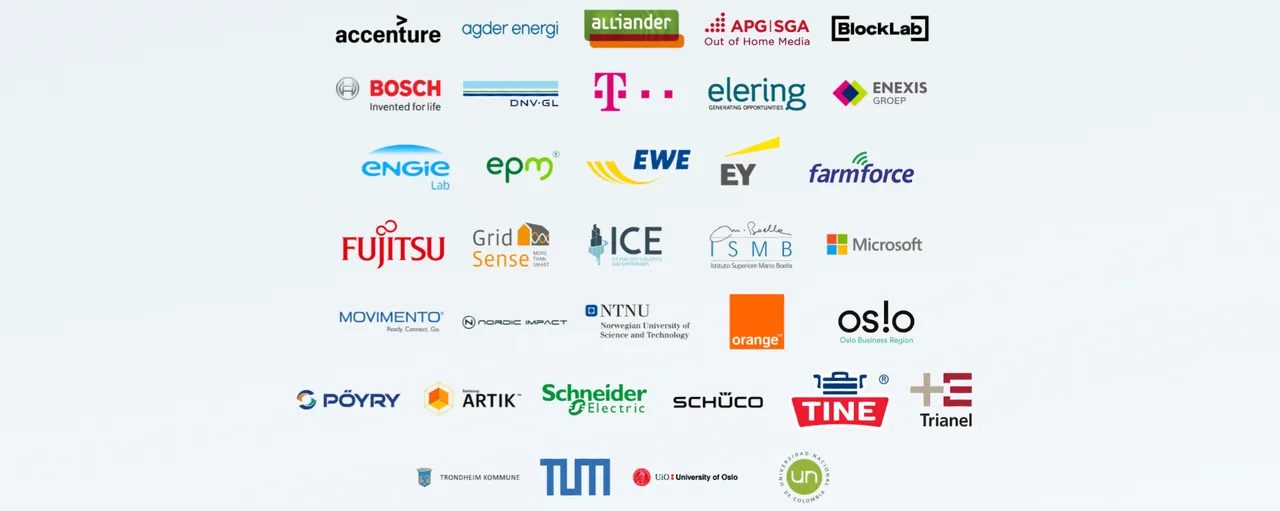Since the latest price movement and medial coverage, everybody seems to talk about IOTA - but what is this, how does it work and what is its perspective?
Foundation
Meant for the internet of things IOTA was created as communication and payment platform. It was developed and first tokens sold in an ICO back in 2015 by David Sønstebø, Sergey Ivancheglo, Dominik Schiener, and Dr. Serguei Popov.
Envisioned by their founders is the connection of objects, like cars, robots and electronic devices - things in general. Latter is intended not only on a level of communication but also in terms of transacting property. Imagining a future with wide spread adoption of robots, who will collaborate - they will also pay each other for their services. Another use case can be a car, which is charged while being parked or on the road.
The need for payments, especially small ones, amongst non-human participants of the global trade is prone to grow - fast. For this use case IOTA was developed solving todays limitations of blockchain technology being able to scale limitless, enabling fee-less transactions, having a decentralized network and offering a quantum secure encryption by the use of elliptic curve cryptography.
Technology
Opposed to Bitcoin, Ethereum and other cryptocurrencies based on a global blockchain, IOTA is working based on an directed acyclic graph (DAG), called "the tangle". In short each device sending a transaction to the network has to validate two previous transactions. The original idea of bitcoin having participants participating in the creation and validation of transactions is inherent in the design of the tangle. This makes IOTA scalable and ready for growth and adoption.
The use case of IOTA is focused on machine to machine interaction by micro payments. Todays fees looking at a bitcoin transaction for example can easily exceed five US Dollars. Especially in the Internet of things payments will likely be of small values but happen more often. Due to the architecture that everybody who transacts also validates explicit miners, which need to be payed for their service, are not required - hence the developers could create IOTA to enable transaction without charging fees.
IOTA was offered the first time during an ICO in 2015. As of today all 2,779,530,283,277,761 IOTAs are distributed. More will not be issued. Mainly to make life of users easier when the price of IOTA rises the following system of units is used:
1 IOTA = 10^0 = 1 IOTA
1 KIOTA = 10^3 = 1,000 IOTA
1 MIOTA = 10^6 = 1,000,000 IOTA
1 GMIOTA = 10^9 = 1,000,000,000 IOTA
1 TMIOTA = 10^12 = 1,000,000,000,000 IOTA
1 PMIOTA = 10^15 = 1,000,000,000,000,000 IOTA
On exchanges and in most charts the price of IOTA is given in MIOTA. Again, considering todays price - one IOTA equalling a fraction of a USD or EUR cent - making it ideal for small and micro payments.
Collection of Data by Connection
Imagining a wide spread adoption and use of the tangle, all participants - human and non-human - are not only connected by information and their property, but at the same time they are providing a decent amount of data to the network. This might be geographic locations recorded by vehicles and mobile devices, interests and affinities of participants or health care data logged by wearables. There is most probably much more we are not imaginining today, but it will be of value for other participants and their businesses. Therefore IOTA launched its B2B Data Marketplace end of November 2017 for the Internet of Things - for which they acquired several partners already as shown in Figure 1.

In 2017 cryptocurrencies experienced a meteoric rise in price, trading volume and user numbers. Bitcoin dominating the market owning around 60% of the total share in capitalization, leaving behind Ethereum, Bitcoin Cash and IOTA, which became one of the top four currencies measured by this parameter in early December 2017. Considering the strength and leading role of bitcoin for the whole market - How big is the independence of IOTA from the trading price of bitcoin today and how will it develop in the next months and years to come? How big is the market share for this technology? Since Bitcoin and also Ethereum are mainly serving as a store of value, given their limits in scalability, high transaction duration and fees today, opposed to enable day to day payments of all magnitudes - there is room for a coexistence of both technologies. Time will tell if and how fast IOTA and the internet of value in general are being adopted in real use cases and how that affects the price of this relatively new and different form of digital asset. 